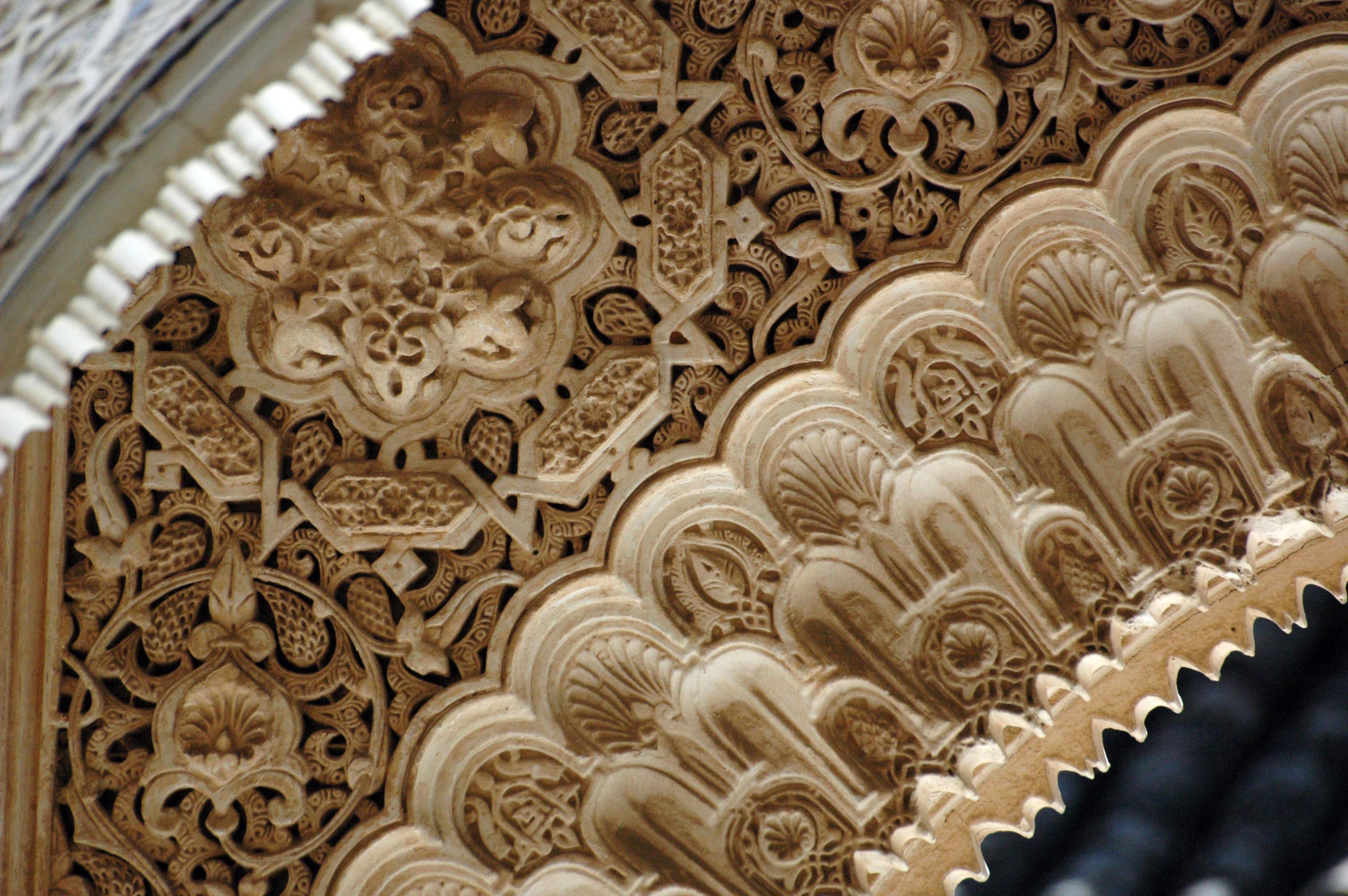History of Art
- Introduction to Art History
- Byzantine Art
- Islamic Art
- Renaissance Art
- Baroque and Rococo Art
- Impressionism and Post-Impressionism
- Modernism
- Postwar & Contemporary Art
- Art of Africa & Oceania
- Art of the Americas
Islamic Art
Introduction to Islamic Art

Artistic production that developed from the hegira (year 622) to the nineteenth century, from Spain to India among populations of Islamic culture.
Islamic art is a broad term that encompasses visual arts produced from the 7th century onwards by people who lived within the territories that were inhabited by or ruled by culturally Islamic populations. It is a category of art that transcends religious, ethnic, and geographical boundaries, reflecting a wide array of cultures and histories.
Definition and Characteristics of Islamic Art
Islamic art is not limited to religious work, but includes all the artistic traditions in Muslim culture. Its strong aesthetic appeal transcends time and space, as well as differences in language and culture. Islamic art is characterized by a few key features:
-
Geometric patterns: Islamic art is renowned for its intricate geometric patterns. These patterns are considered to be the most important aspect of Islamic art because they reflect the logic and order of the Islamic ideal of monotheism.
-
Calligraphy: This is a vital element in Islamic art. Arabic calligraphy, the art of beautiful writing, is used to enhance the visual beauty of the works, often used in religious Islamic designs.
-
Figurative art: In Islamic art, the depiction of humans and animals is generally discouraged due to the belief that the creation of living forms is unique to God. Therefore, Islamic art is often characterized by the absence of figures and extensive use of abstract, geometric, floral, and arabesque designs.
The Influence of Religion on Islamic Art
Religion plays a significant role in the development of Islamic art. The Islamic religion, with its strong emphasis on the unity and absolute singularity of God, has influenced the development of a unique form of art. The prohibition of depicting human or animal forms in religious art led to the development of a distinctively abstract, geometric, and frequently intricate art style.
The Role of Calligraphy in Islamic Art
Calligraphy, the art of beautiful writing, is a fundamental element of Islamic art. It is the most highly regarded and most fundamental element of Islamic art. It is significant because it is the primary means for the preservation of the Qur'an. Arabic calligraphy is a visible expression of the highest art of all, the art of the spiritual world. Calligraphy is especially revered among Islamic arts since it was the primary means for the preservation of the Qur'an.
In conclusion, Islamic art is a vibrant and distinctive form of art, which is deeply influenced by Islamic culture and religion. Its unique characteristics, such as the use of geometric patterns and calligraphy, make it a fascinating area of study in the field of art history.